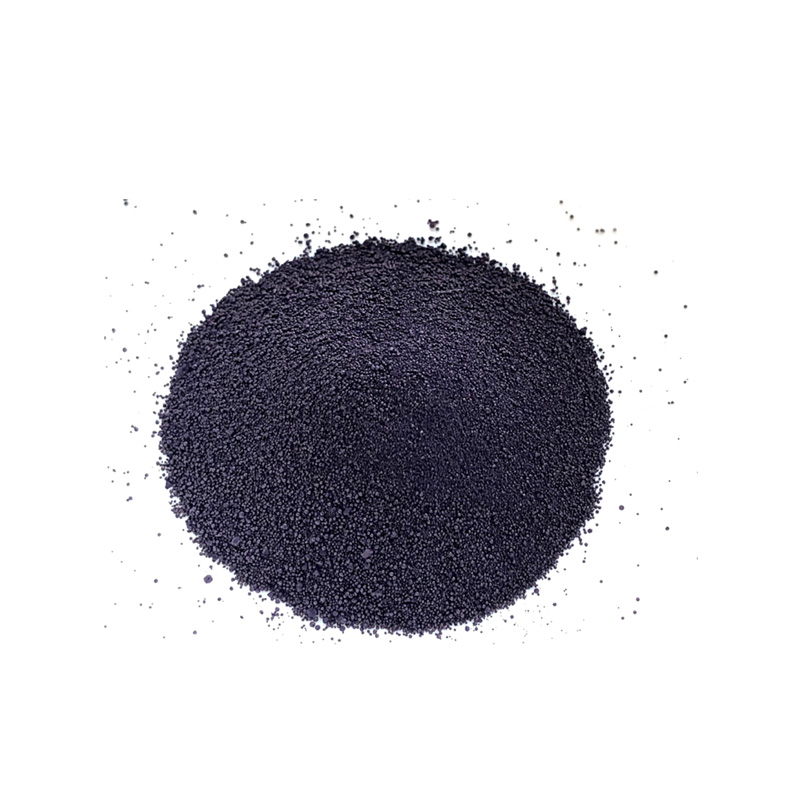making indigo supplier
The Art of Making Indigo A Guide for Suppliers
Indigo, one of the oldest dyes known to humanity, has captured the attention of artisans and designers alike. Its rich blue hue and historical significance make it a sought-after commodity in the textile industry. As the demand for sustainable and organic products rises, the market for indigo is experiencing a renaissance. This article serves as a comprehensive guide for suppliers looking to tap into the world of indigo dye.
Understanding Indigo
Indigo dye is primarily derived from the leaves of the indigo plant, which belongs to the genus *Indigofera*. The most widely used species are *Indigofera tinctoria* and *Indigofera sumatrana*. The process of making indigo involves extracting the pigment from the leaves, which can then be used for dyeing fabrics.
Historically, indigo was highly valued, especially before the invention of synthetic dyes. The dye was often referred to as blue gold due to its rarity and the labor-intensive processes involved in its production. Today, as consumers grow more conscious about sustainable practices, natural indigo is making a comeback, offering suppliers not only an opportunity for profit but also a chance to contribute positively to the environment.
Cultivation and Harvesting
The first step in supplying high-quality indigo is understanding its cultivation. The indigo plant thrives in tropical and subtropical climates. Suppliers should focus on sourcing from these regions, ensuring that they use sustainable farming practices that replenish the soil and conserve biodiversity.
Harvesting indigo leaves typically happens when the plant reaches maturity, usually around 3-4 months after planting. The leaves should be picked early in the morning when the dew has dried, as this retains the highest levels of pigment. Suppliers must also educate farmers on proper harvesting techniques to maximize yield without harming the plant.
Extraction and Fermentation
making indigo supplier

Once harvested, the leaves undergo a process of extraction to yield the dye. This involves soaking the leaves in water to promote fermentation. During fermentation, the indigo pigment is converted into a soluble form, which will later precipitate as solid dye. This stage is critical; suppliers must ensure that the fermentation process is carefully monitored to produce a high concentration of dye.
The fermentation can take several days, and it is essential to maintain appropriate temperatures and pH levels. A skilled artisan or technician can significantly influence the quality of the dye produced, making training an integral part of the process.
Dyeing Process
After extraction, the indigo dye can be used to color fabrics. One of the unique characteristics of indigo dye is its ability to produce varying shades of blue, depending on the dyeing process and the number of dips the fabric undergoes. Suppliers should partner with local artisans who are skilled in traditional dyeing methods to create a range of products that appeal to modern consumers.
Sustainable Practices
As suppliers enter the indigo market, it is crucial to focus on sustainability and ethical practices. This includes avoiding harmful chemicals in the dyeing process, using organic farming methods, and ensuring fair labor practices among farmers and artisans. By promoting sustainable indigo, suppliers not only cater to eco-conscious consumers but also contribute to preserving traditional practices that have been passed down through generations.
Conclusion
Indigo dye is more than just a color; it is a symbol of culture, history, and craftsmanship. As suppliers venture into this timeless market, they have the opportunity to not only offer a product but also tell a story that resonates with consumers. By focusing on sustainable practices, quality production methods, and ethical partnerships, suppliers can thrive in the growing indigo market while making a positive impact on the environment and local communities.
-
The Timeless Art of Denim Indigo Dye
NewsJul.01,2025
-
The Rise of Sulfur Dyed Denim
NewsJul.01,2025
-
The Rich Revival of the Best Indigo Dye
NewsJul.01,2025
-
The Enduring Strength of Sulphur Black
NewsJul.01,2025
-
The Ancient Art of Chinese Indigo Dye
NewsJul.01,2025
-
Industry Power of Indigo
NewsJul.01,2025
-
Black Sulfur is Leading the Next Wave
NewsJul.01,2025

Sulphur Black
1.Name: sulphur black; Sulfur Black; Sulphur Black 1;
2.Structure formula:
3.Molecule formula: C6H4N2O5
4.CAS No.: 1326-82-5
5.HS code: 32041911
6.Product specification:Appearance:black phosphorus flakes; black liquid

Bromo Indigo; Vat Bromo-Indigo; C.I.Vat Blue 5
1.Name: Bromo indigo; Vat bromo-indigo; C.I.Vat blue 5;
2.Structure formula:
3.Molecule formula: C16H6Br4N2O2
4.CAS No.: 2475-31-2
5.HS code: 3204151000 6.Major usage and instruction: Be mainly used to dye cotton fabrics.

Indigo Blue Vat Blue
1.Name: indigo blue,vat blue 1,
2.Structure formula:
3.Molecule formula: C16H10N2O2
4.. CAS No.: 482-89-3
5.Molecule weight: 262.62
6.HS code: 3204151000
7.Major usage and instruction: Be mainly used to dye cotton fabrics.

